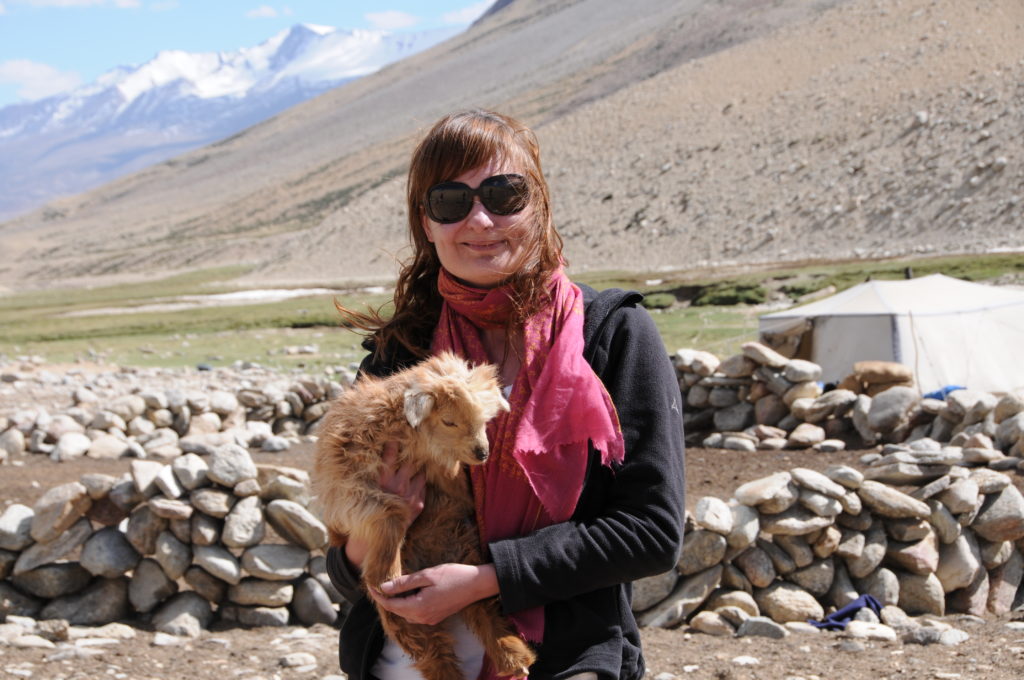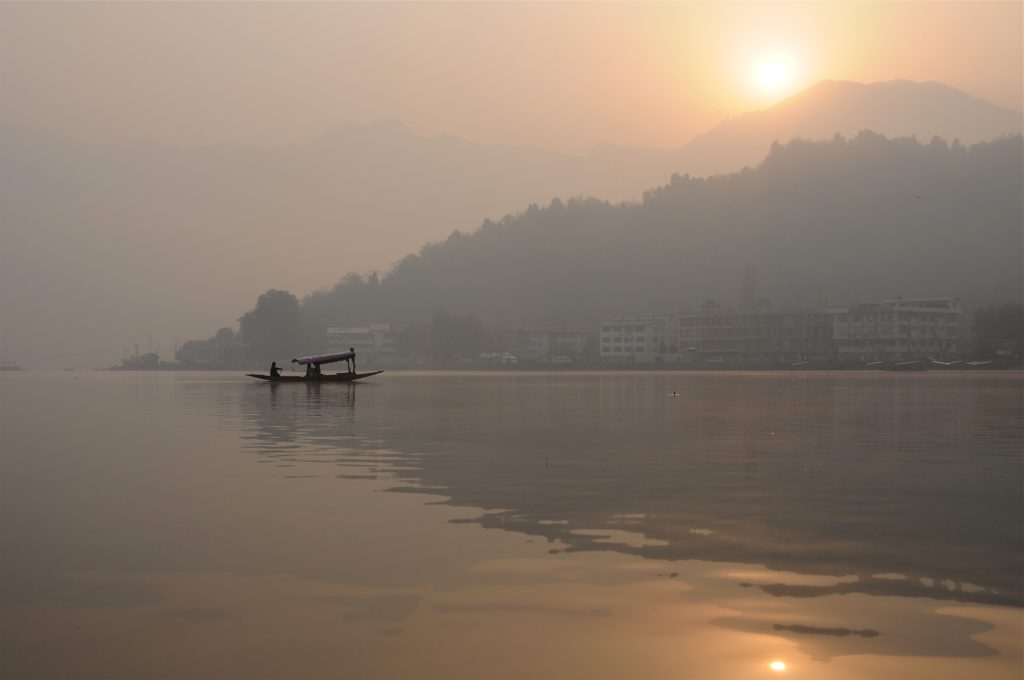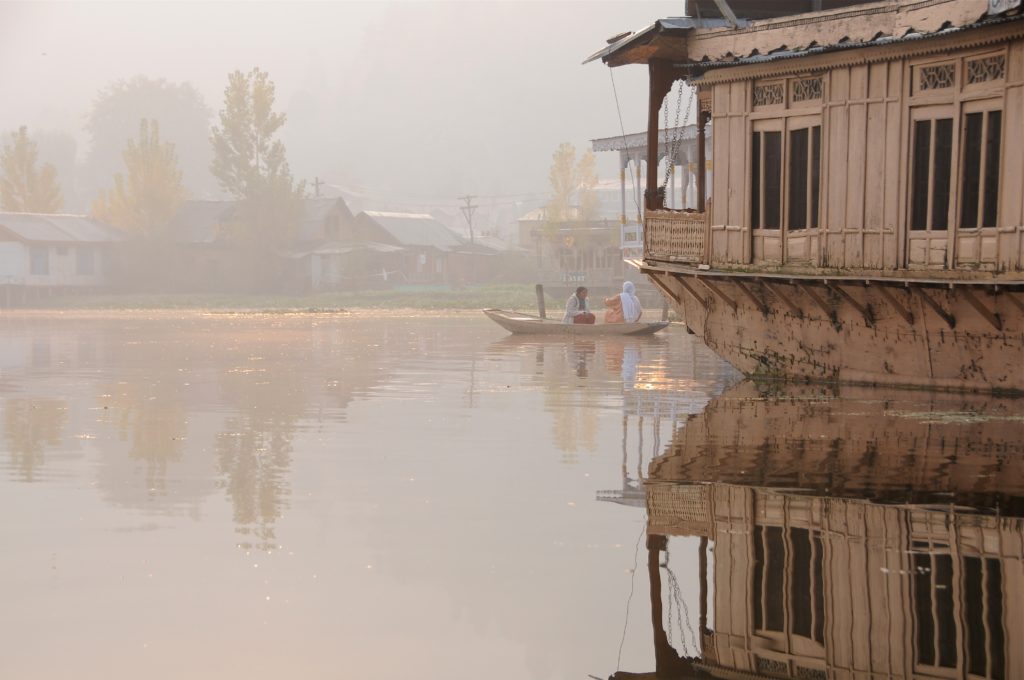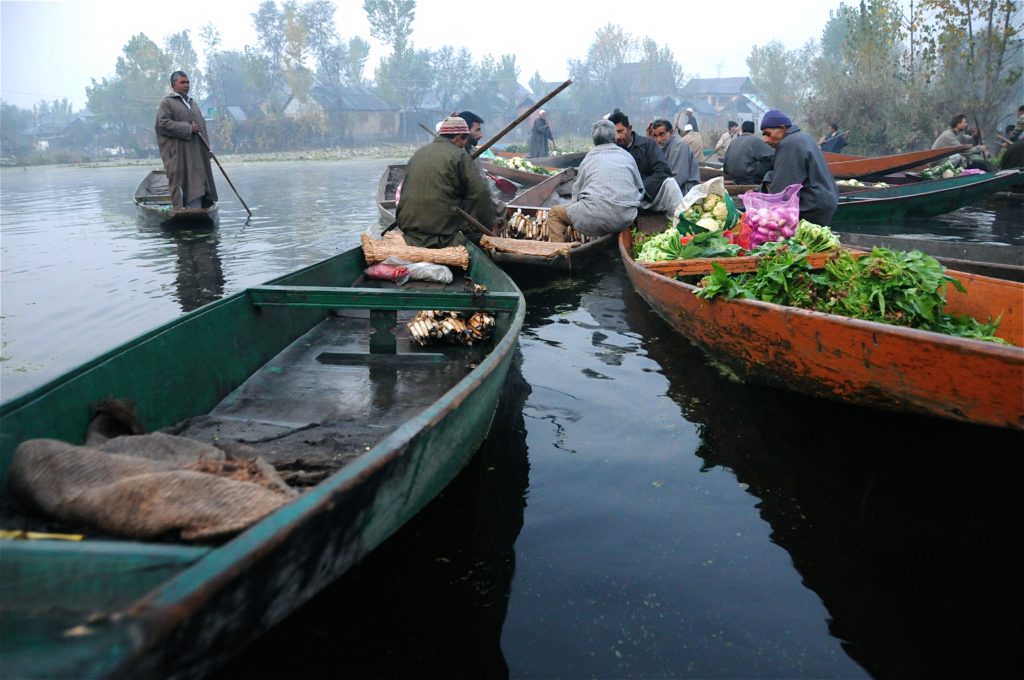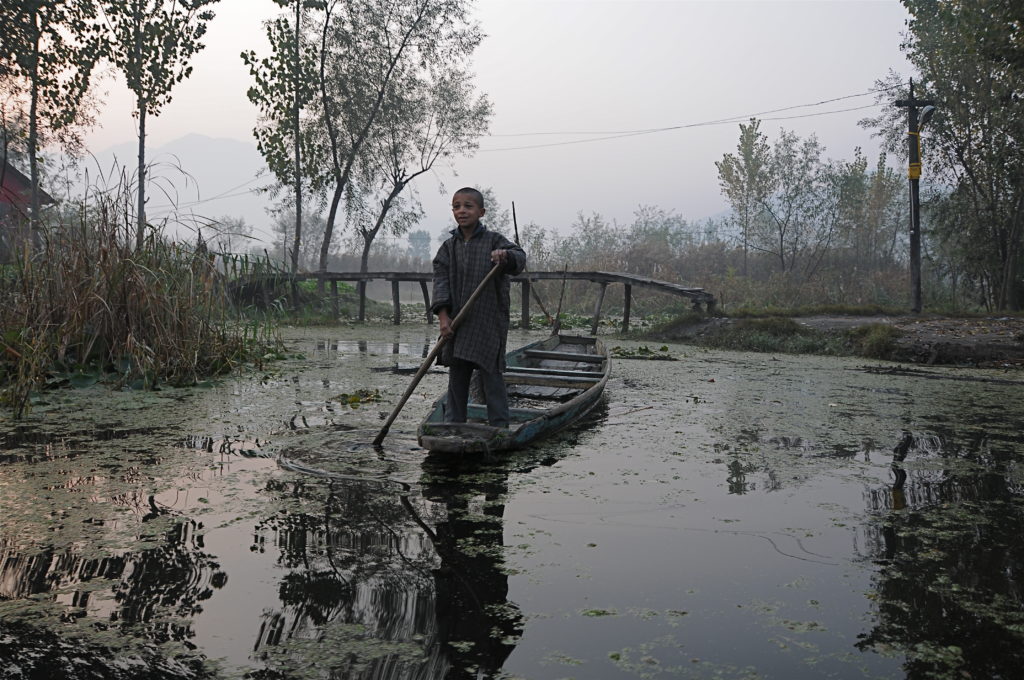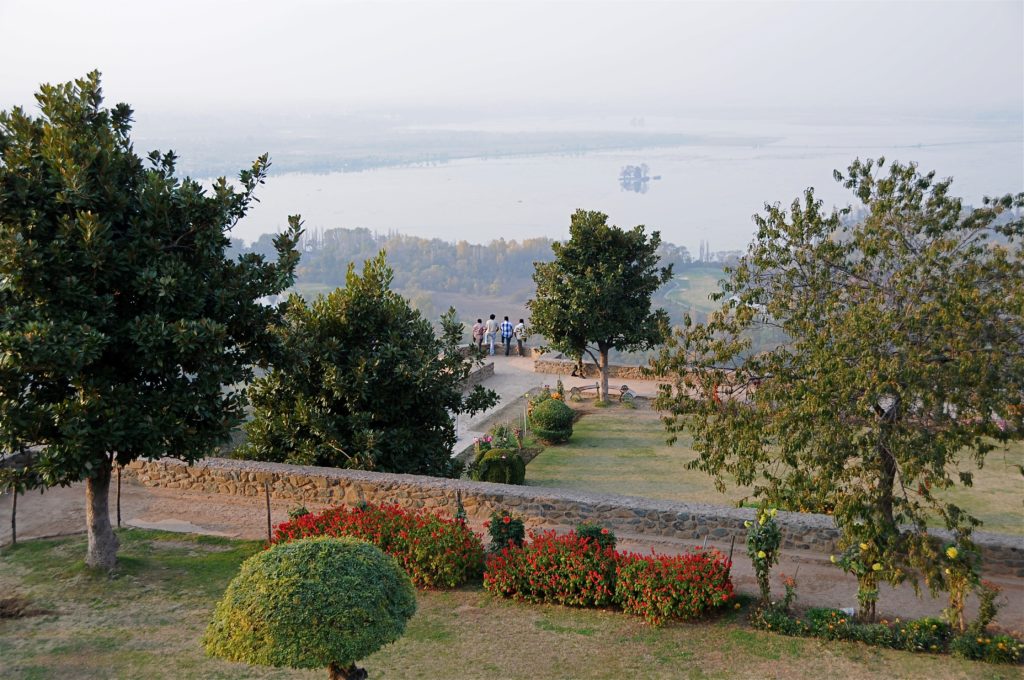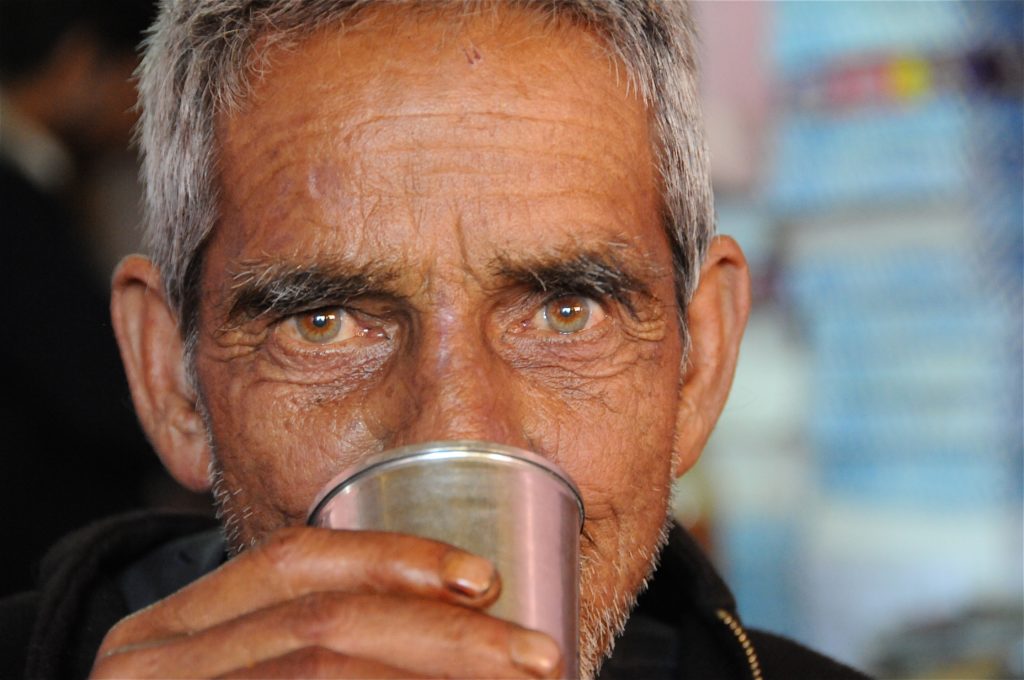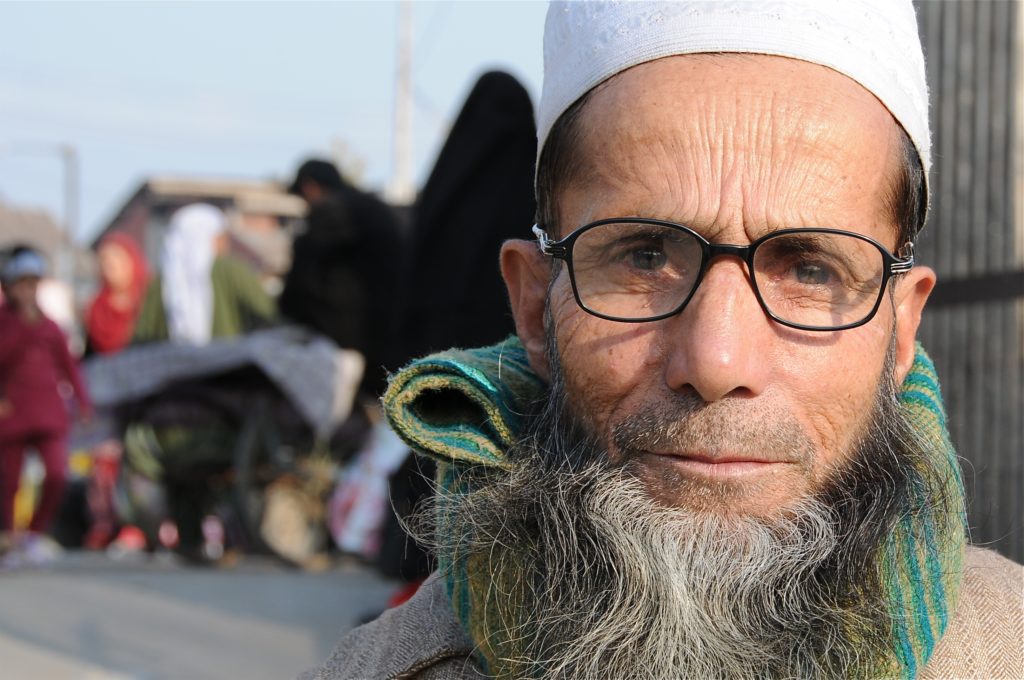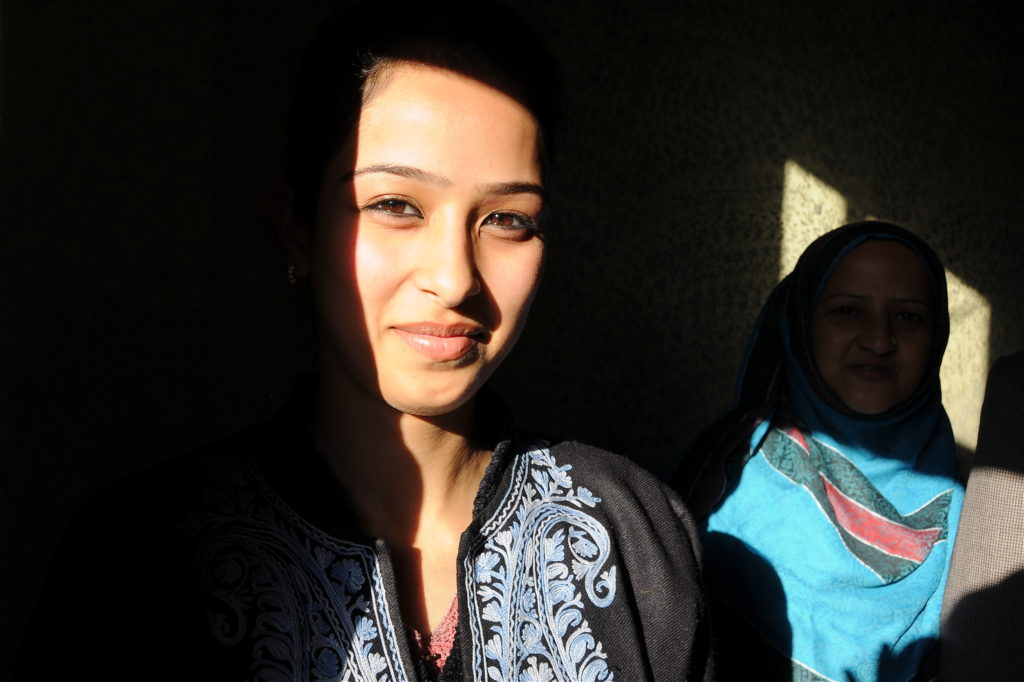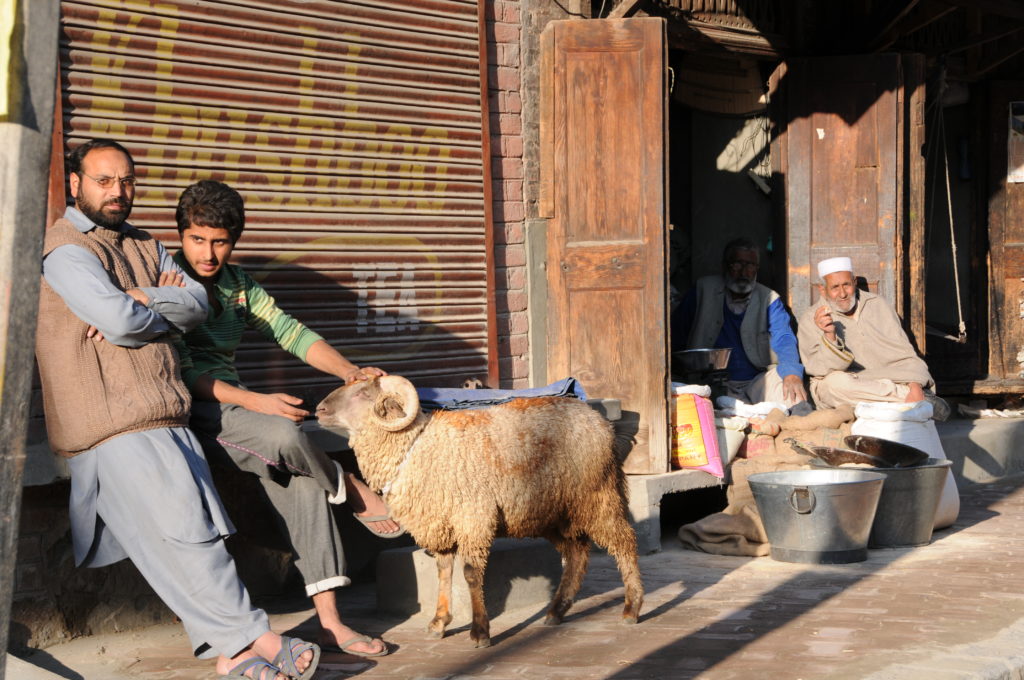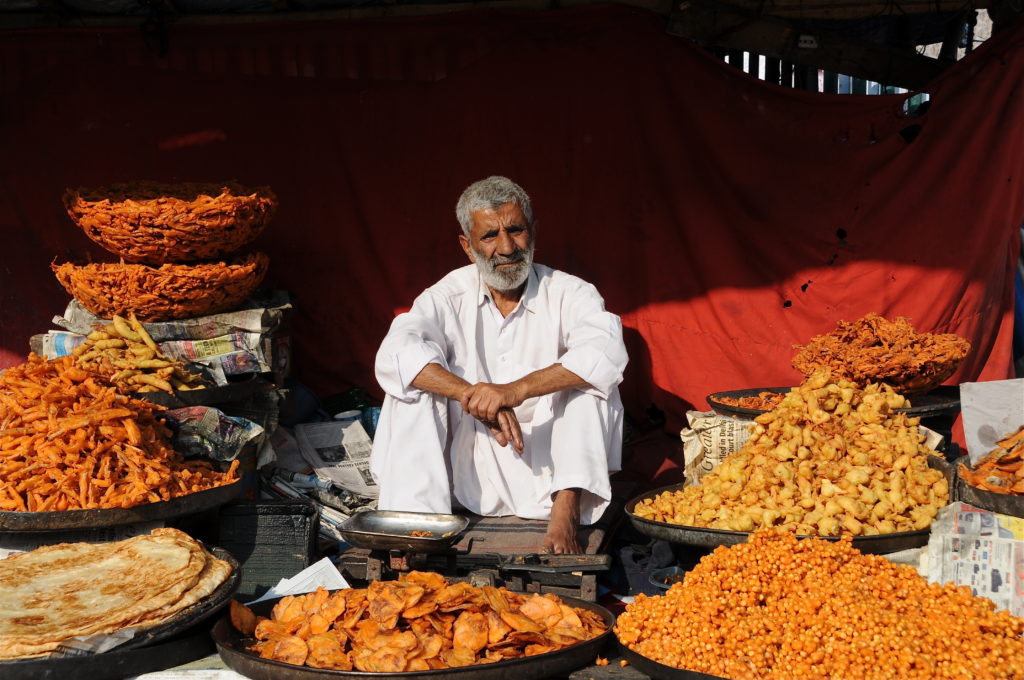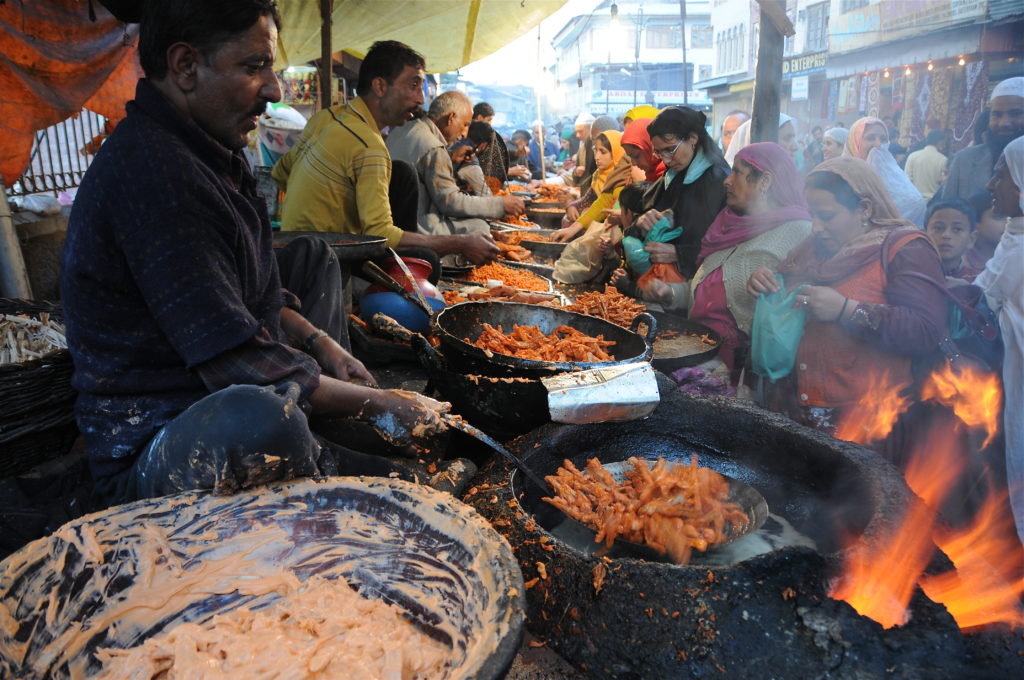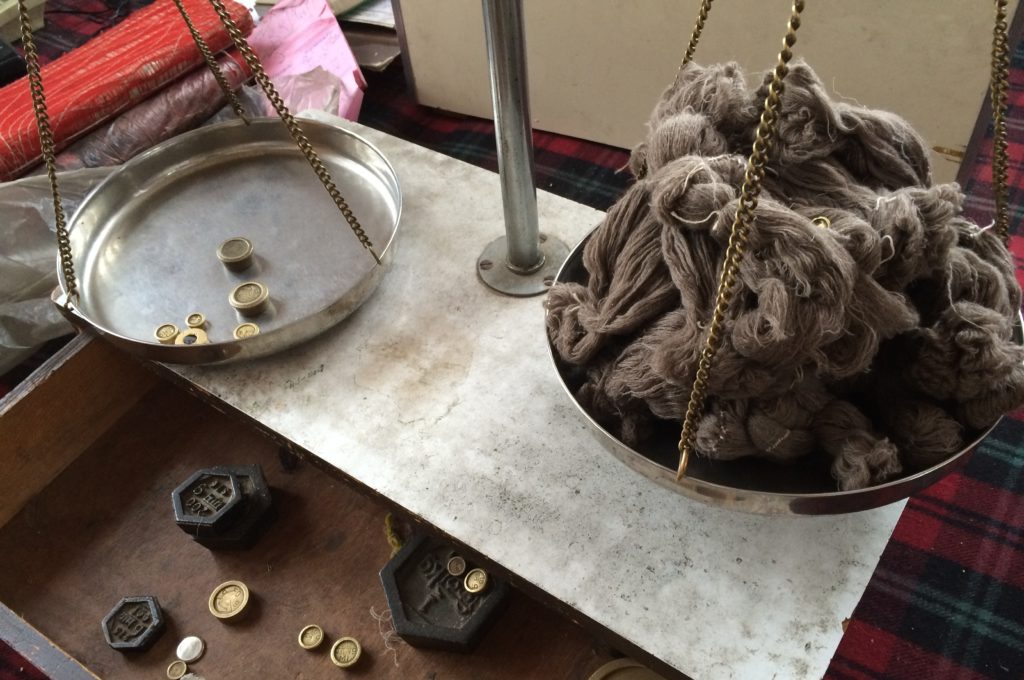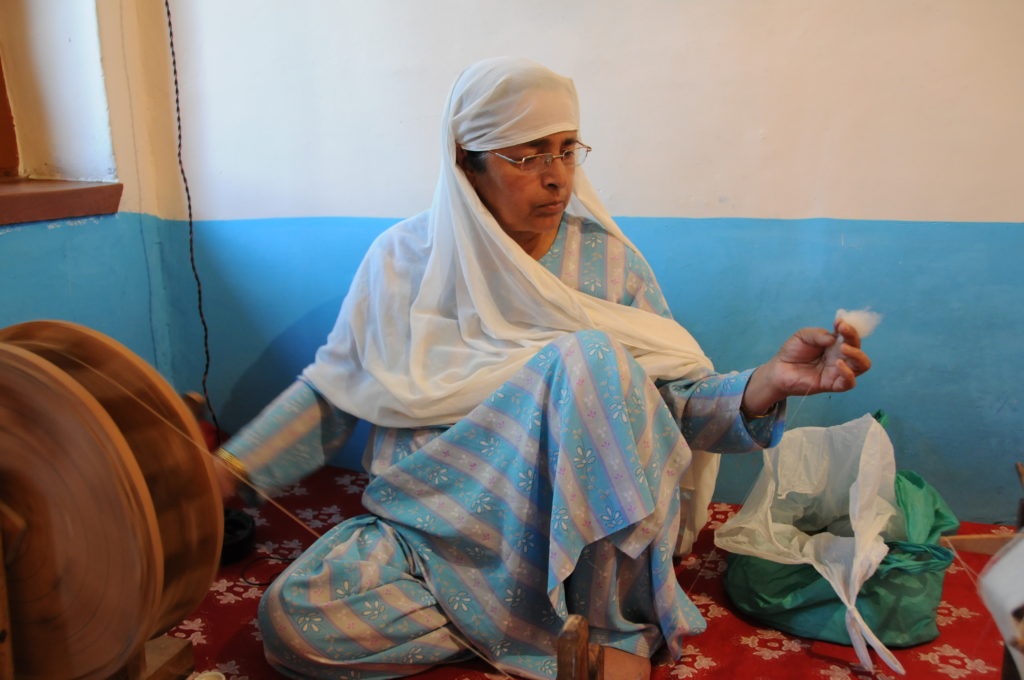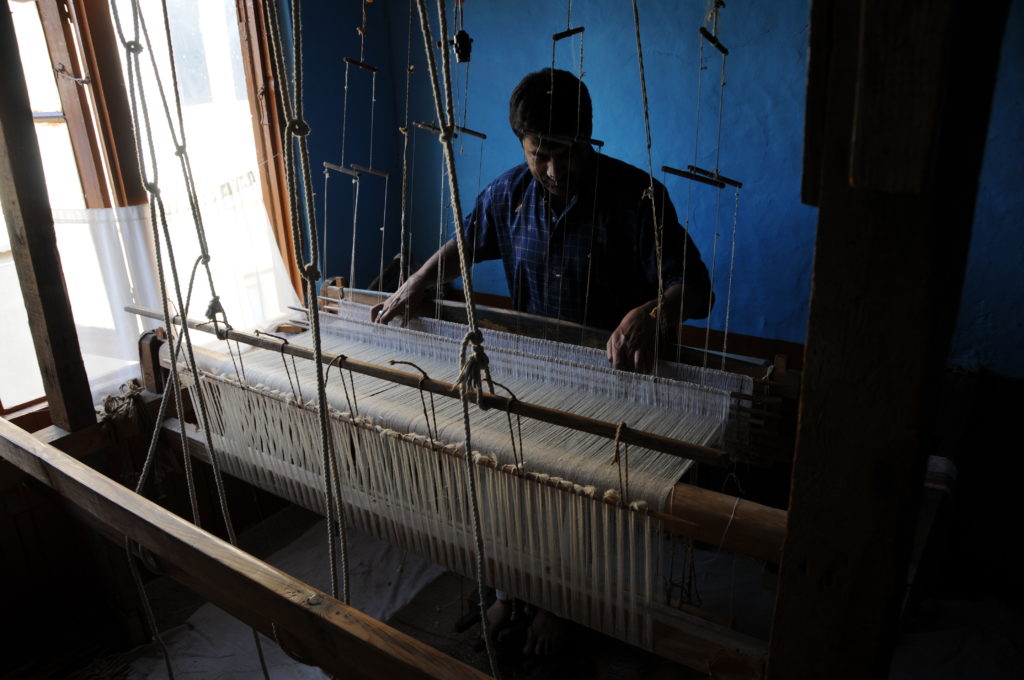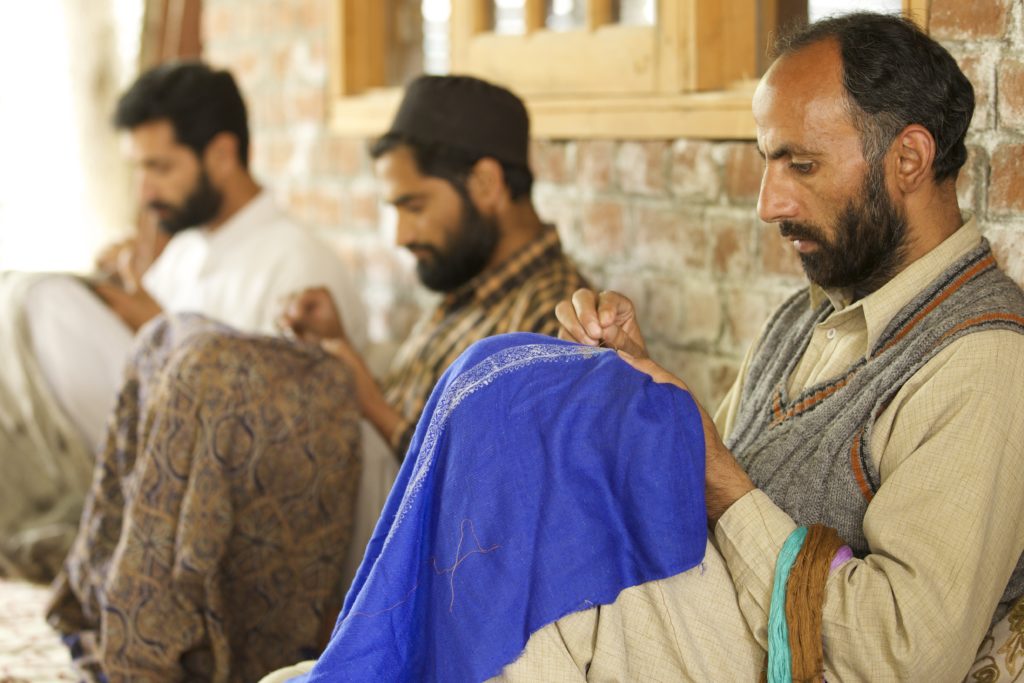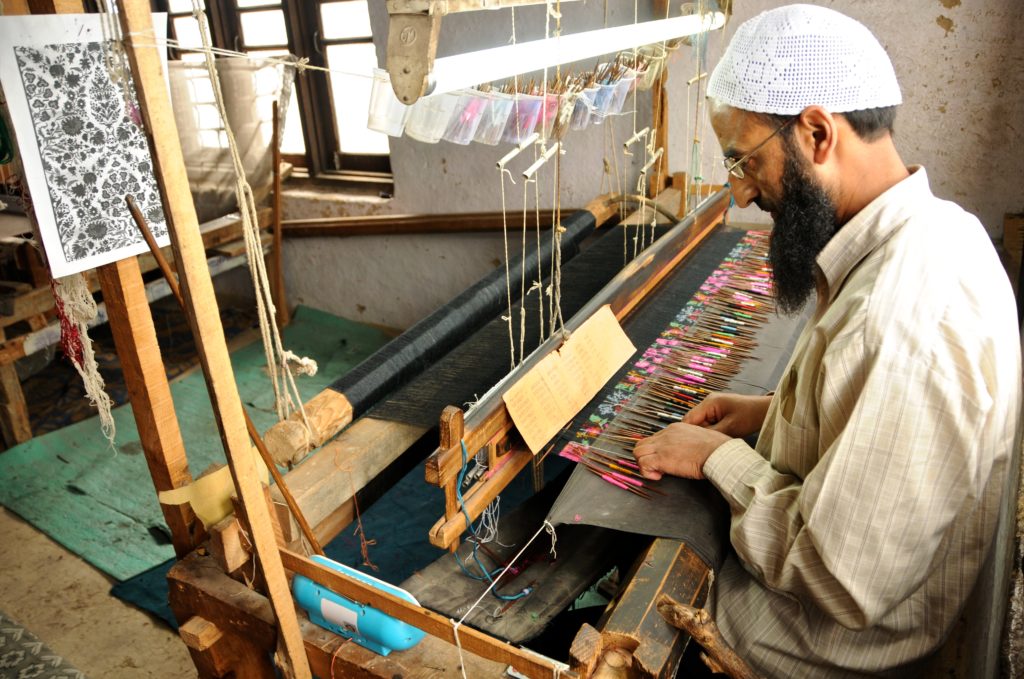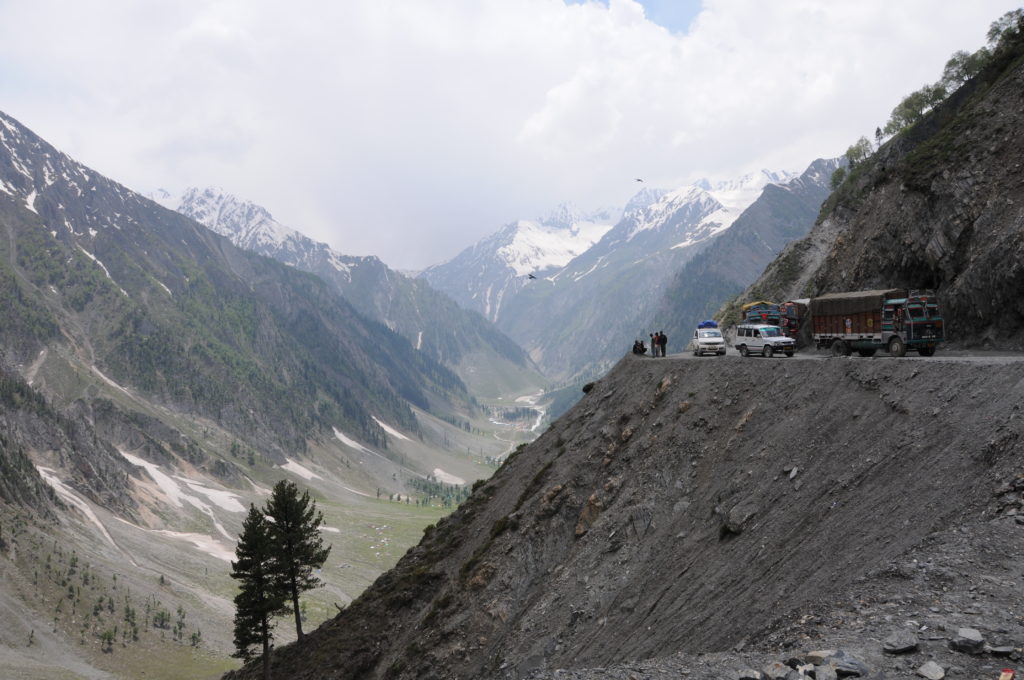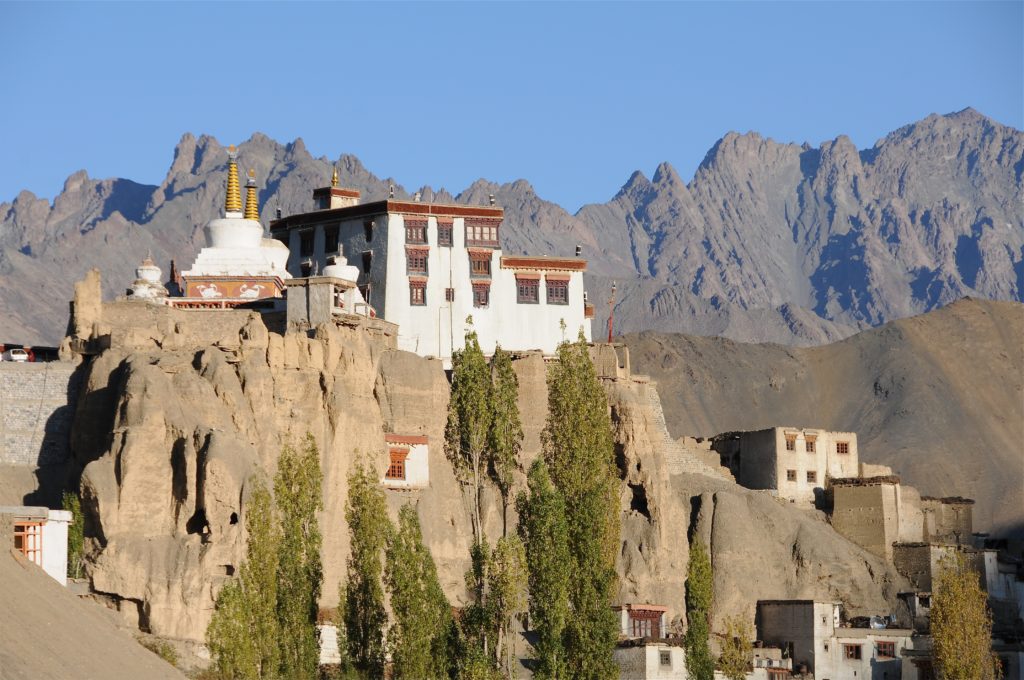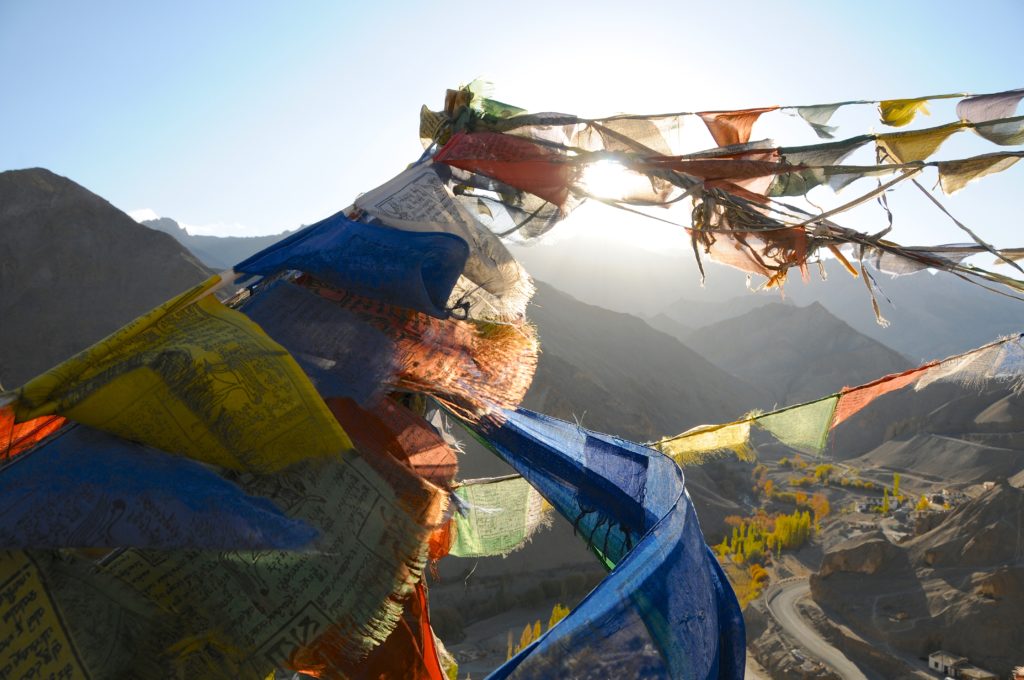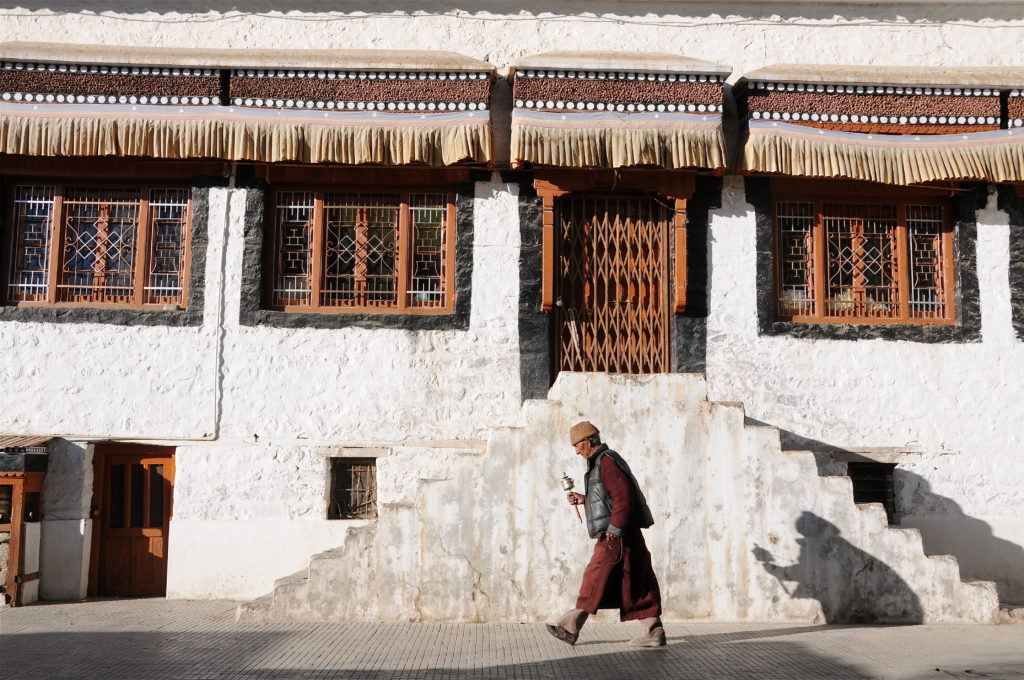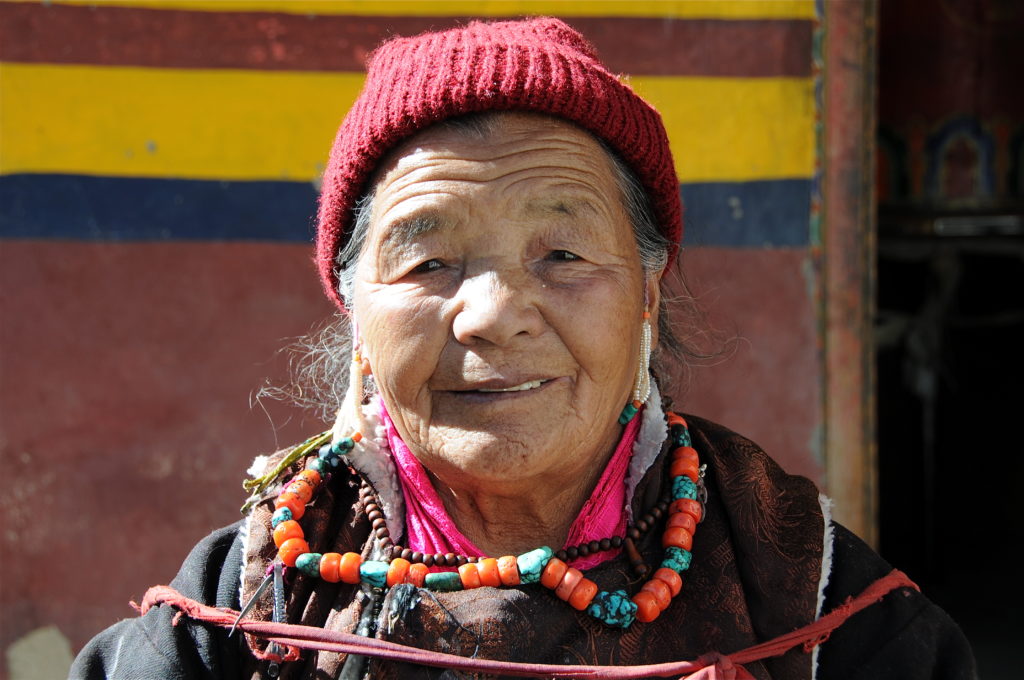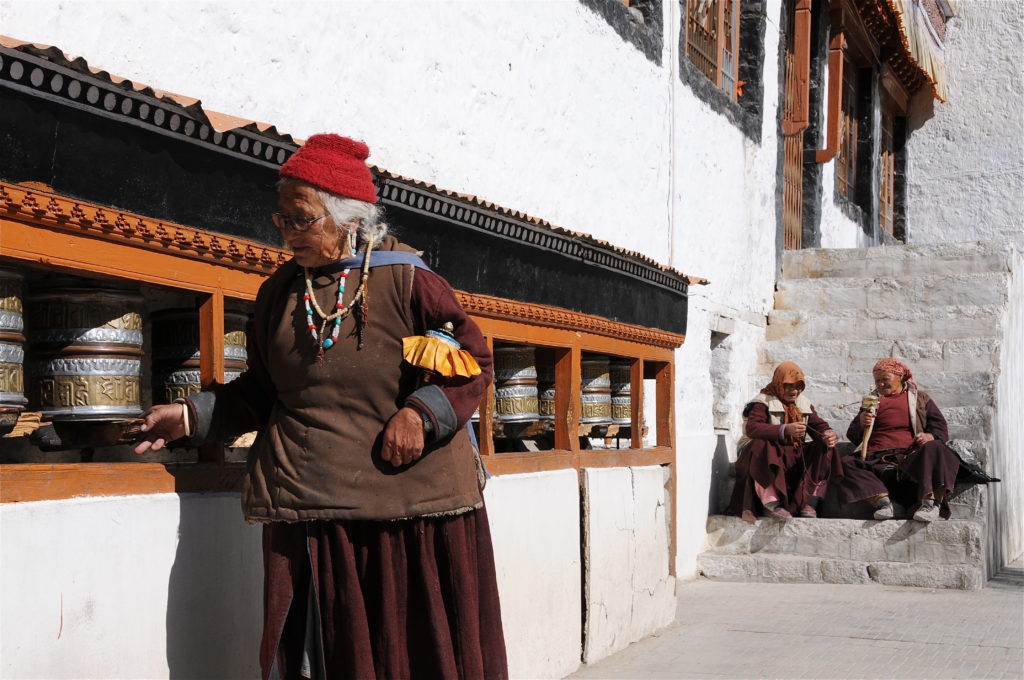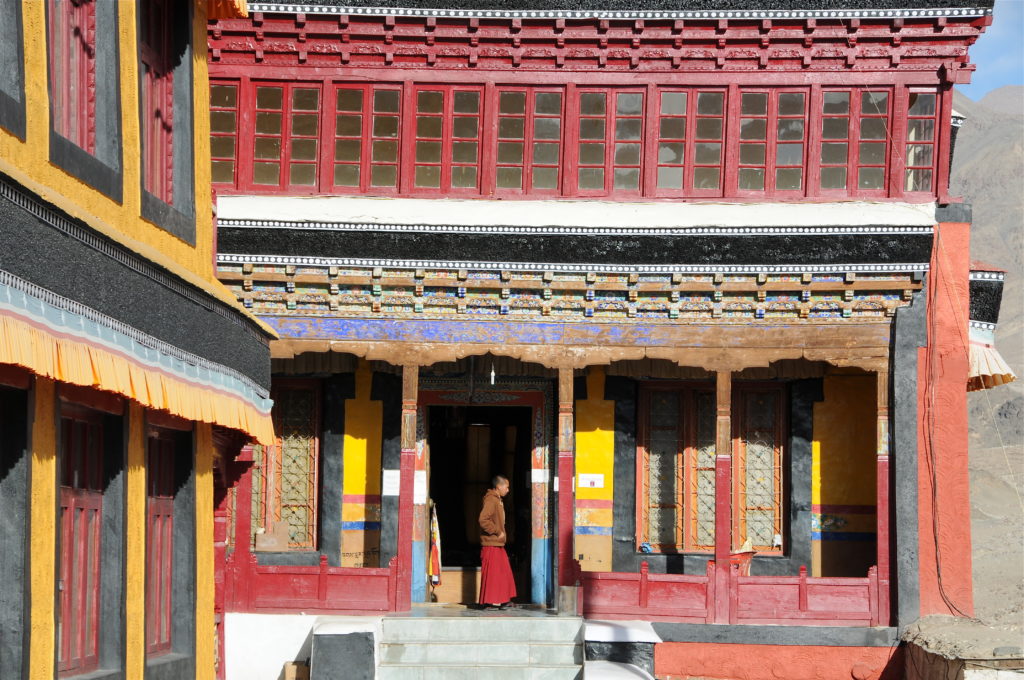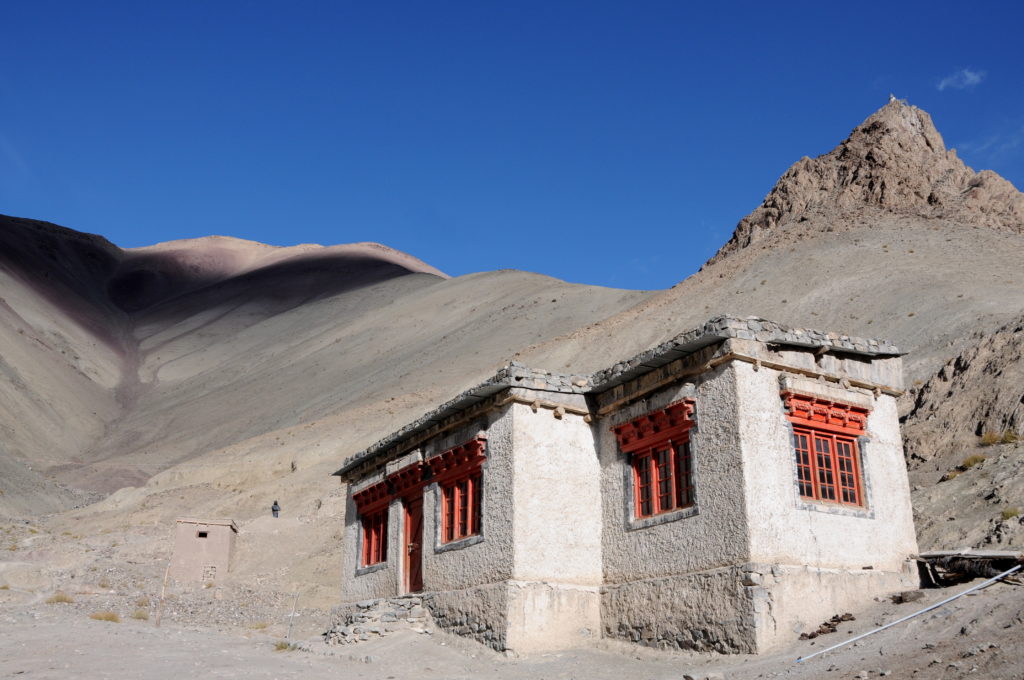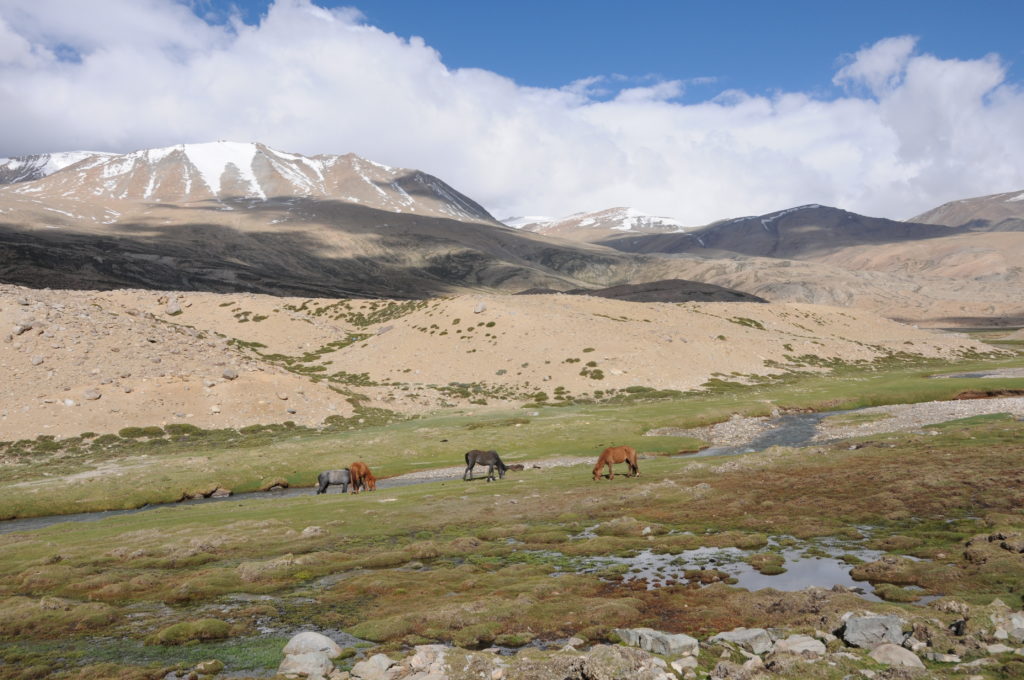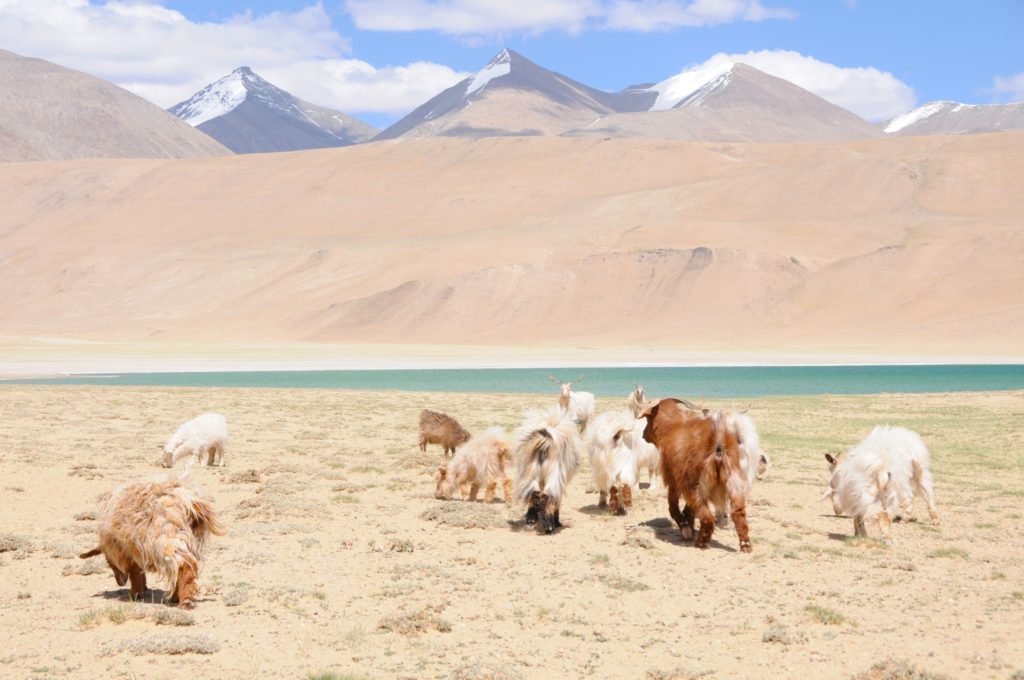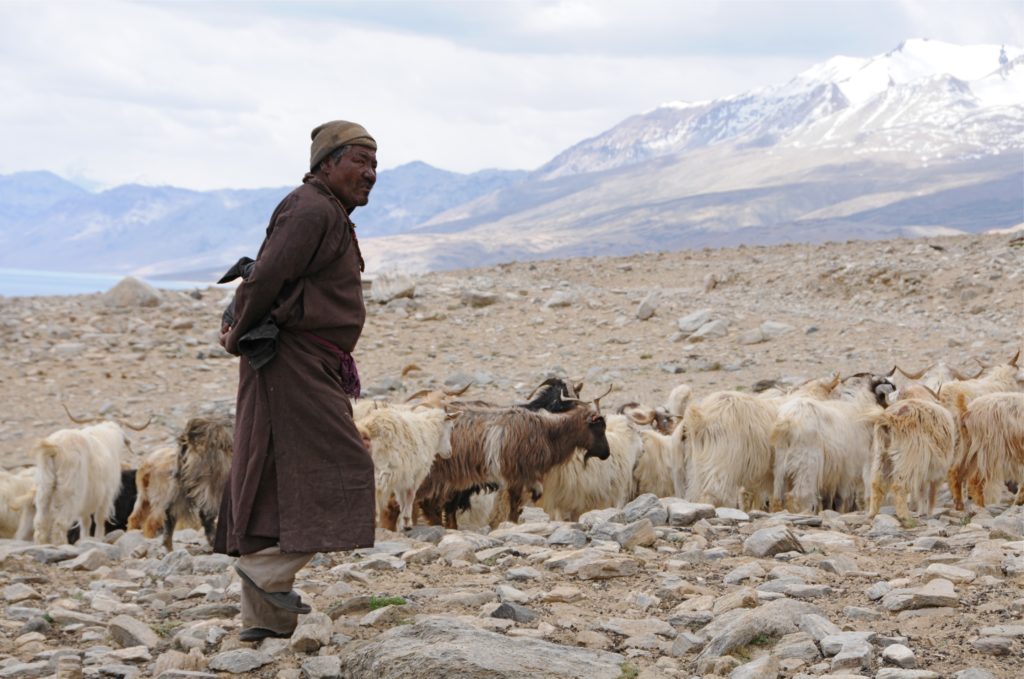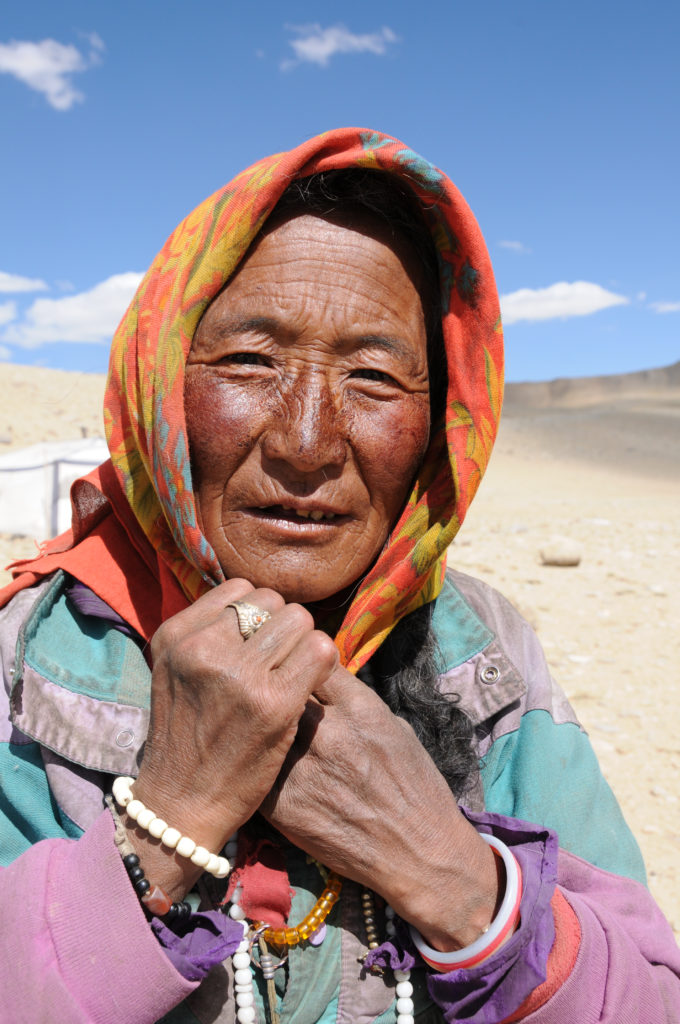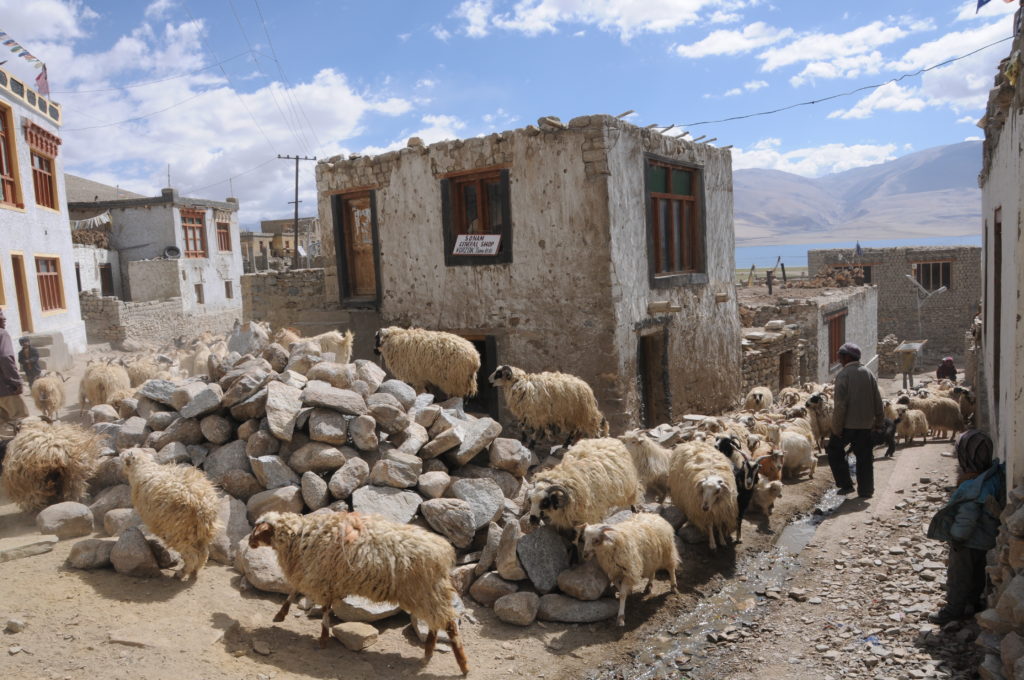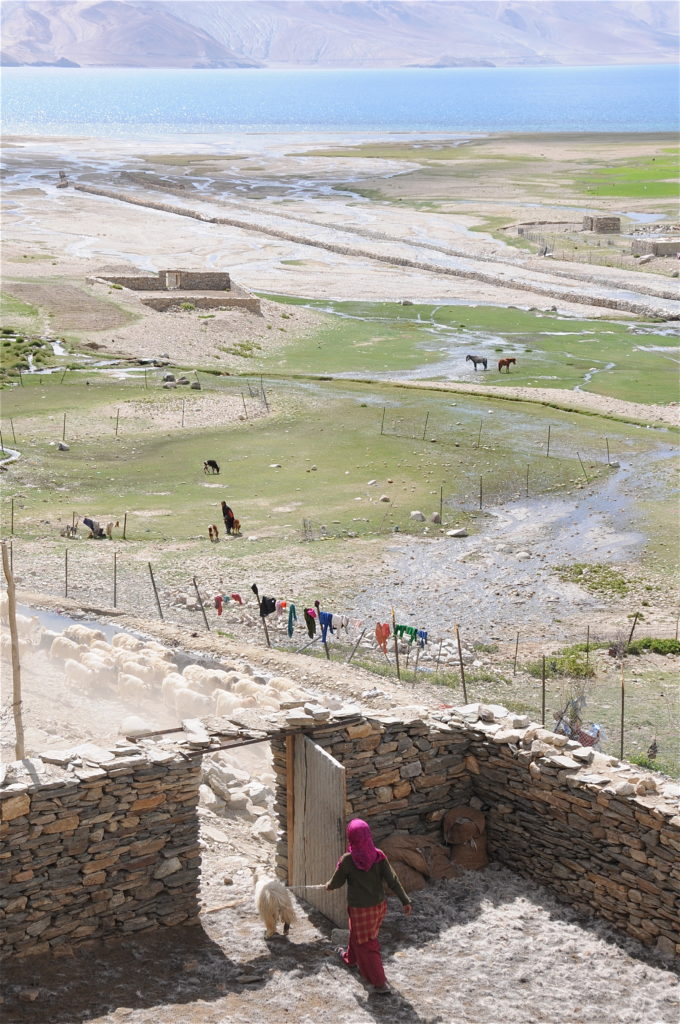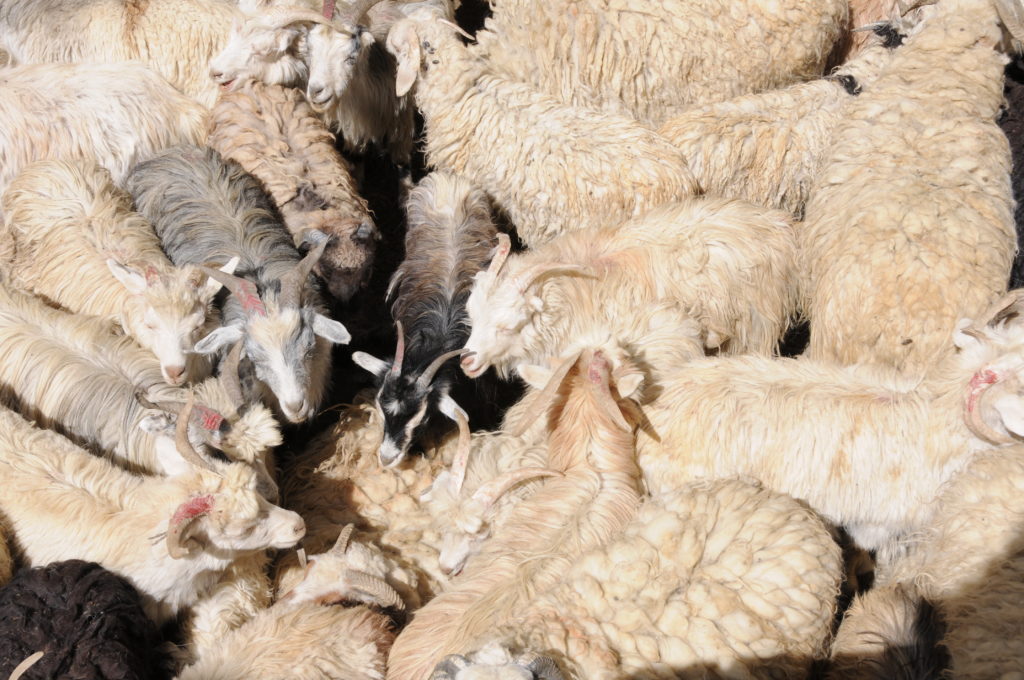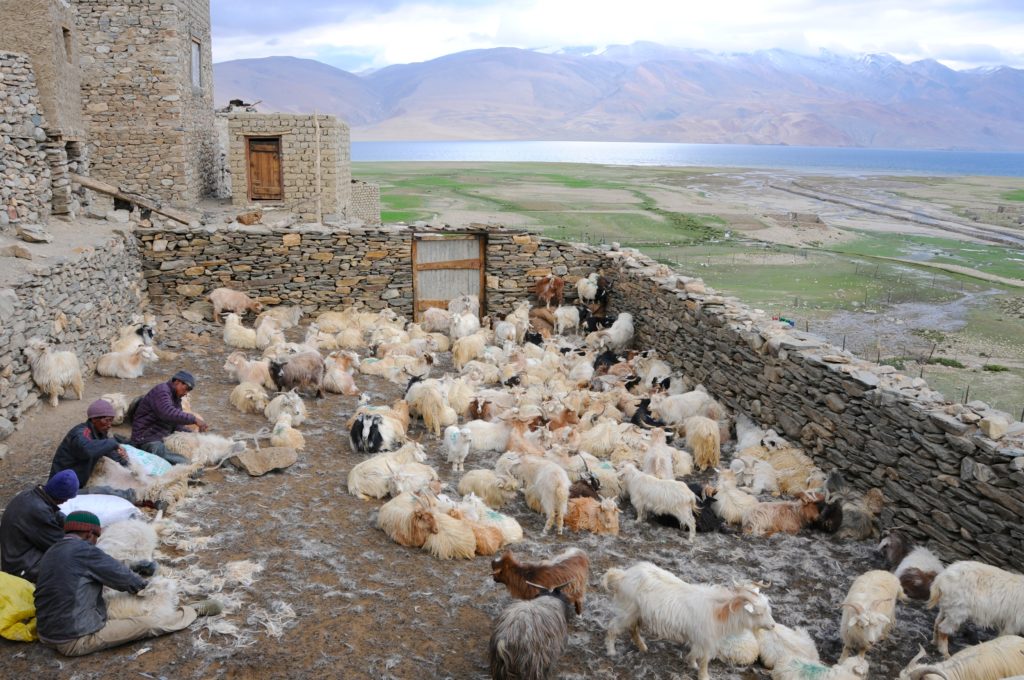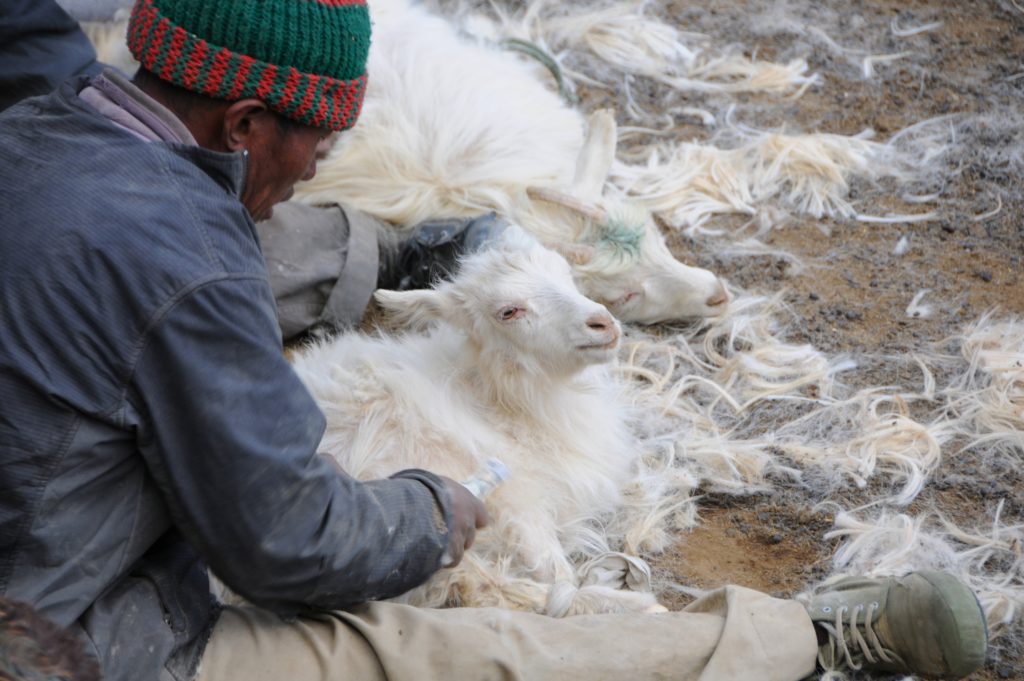It was in 2012 and in my quest for the finest cashmere in the world, I found myself in the Himalayas, on the borders of India, China and Pakistan …
The state of Jammu and Kashmir is located in the far north of India: in the west, muslim Kashmir, and to the east, buddhist Ladakh. The area is a geopolitical powder keg since the partition: India, Pakistan and China are fighting over the borders.
“We travel for things to happen and change, otherwise we would stay at home.”
Nicolas Bouvier
Some moments are unique, like being at 4500m above sea level in the company of a goat baby pashmina ❤️
It was 2012 and the Princesse Moghole adventure began …
Srinagar is the capital of Indian Kashmir. Nestled in a valley at the foot of the Himalayas, it extends around a lake, the Dal Lake.
The Dal Lake is the heart and lung of Srinagar, scene of a very intense lake life.
The British took refuge in summer in Srinagar to enjoy its freshness. They built houseboats on Dal Lake to circumvent the ban on owning land.
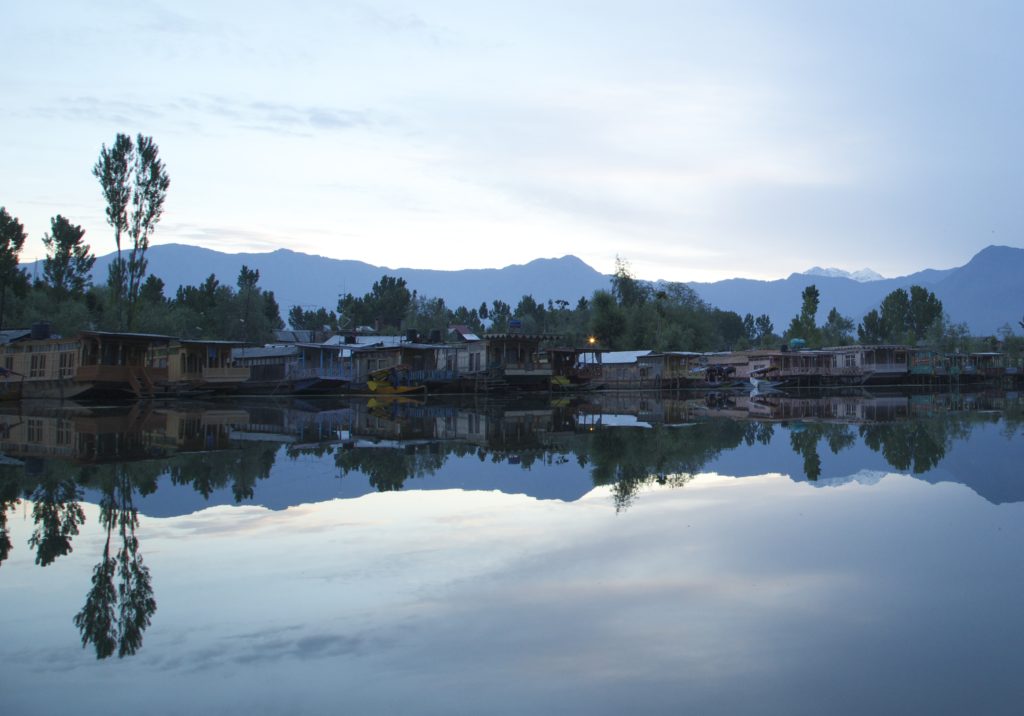
Grown in lake gardens, vegetables are then sold at dawn to retailers.
And life flows through the water …
The Mughal emperors regarded Srinagar as their Eden and built magnificent gardens there.
The Kashmiri are the worthy descendants of the Mughals, who arrived from Uzbekistan in the 16th century.
They are proud of their independence of mind and practice for the most part an Islam based on Sufism.
Do not tell a Kashmiri that he is Indian: he would take that as an insult!
As Eid approaches, families buy sheep for sacrifice.
The stalls are blooming …
And Srinagar is immersed in the effervescence of the preparations.
In kashmiri “pashmina” means soft gold. It is carefully weighed to the nearest gram.
It is spun by hand by women, whose dexterity is unparalleled.
This is my first encounter with Feroz, who weaves your pashminas. You see the signature in F that may be on your stole? It’s him.
The master embroiderers at work: it was in 2015 when shooting the video. Who would have thought that she would go around the world, briskly surpassing a million views?
The kani shawl is the ancestor of the jacquard, at a time when everything was done by hand. The pattern is pixelated and the craftsman carefully counts the threads of each color. Months, even years of work!
It’s time to leave Kashmir for Ladakh. The road is spectacular and very dangerous, narrow and bordered by precipices sometimes high of 1000m …
Even if Lamayuru is separated from Srinagar by only 183 km, we immediately feel that we are entering another world.
Here begins Ladakh, ancient Buddhist kingdom perched in the middle of arid mountains.
Leh is the capital of Ladakh. Located at 3520m it requires acclimatization altitude, beware of shortness of breath after a few steps!
Ladakhis practice Tibetan Buddhism.
In a Buddhist monastery the traffic is always in one direction, that of the needles of a clock.
Ladakh is dotted with beautiful monasteries perched on rocky outcrops.
The traditional ladakhie society is an example of respect for the environment. Despite extremely difficult living conditions, ladakhis manage to be self-sufficient.
If the pashmina is so fine, it is that it is obtained at very high altitude at 5000m. For comparison Mongolian cashmere is obtained between 1500 and 2000m above sea level.
The finest pashmina is reputed to come from the Tibetan highlands of Changtang. In winter, shepherds lead the herds to more than 5000m and then descend the summer on the shores of Tso Moriri lake.
Chang-Pa nomadic shepherds traditionally raise flocks of Pashminas goats, as well as sheep and a few yaks to balance the herd and promote its survival.
It’s a very rough life, temperatures can reach -50 degrees and sunshine is extreme, but it’s the price to pay for the finest pashmina.
Korzok, on the shores of Lake Tso Moriri, is one of the highest inhabited villages in the world, with an altitude of 4595m.
In the summer, Chang-Pa joins the shores of Tso Moriri lake and the pashmina harvest season is in full swing.
The goats will be carefully combed to collect the superfluous down: necessary for their survival when it is -50 degrees, it is much too hot under the sun!
Pashmina’s production has remained totally artisanal and environmentally friendly, accounting for only 0.5% of world cashmere production.
An exceptional cashmere, pashmina is also the only truly eco-responsible cashmere.
Never forget that it was offered to you by a small Himalayan goat, while it provided an income for all the families who helped make your stole. ❤️


